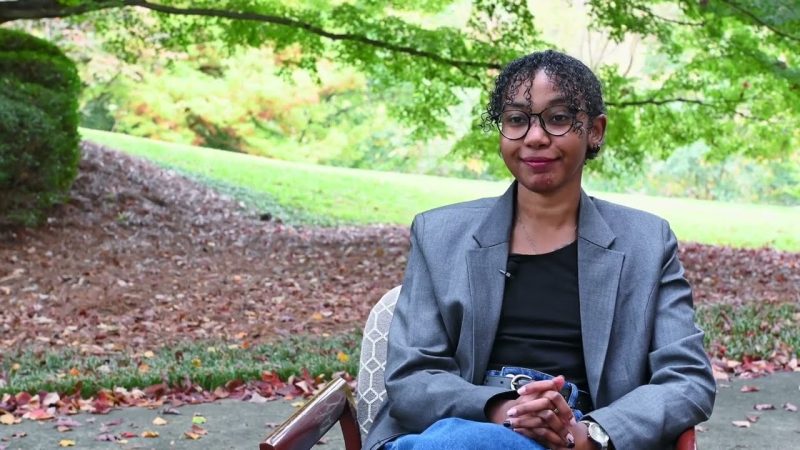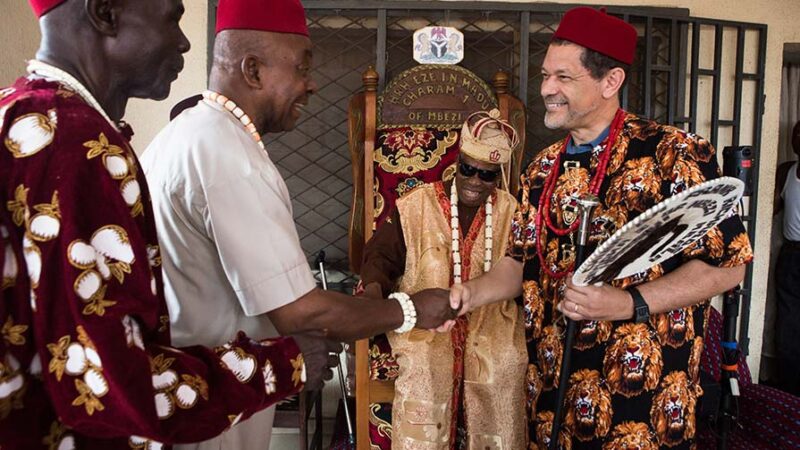Sudan

The Carter Center has worked with the people of Sudan since 1986 to help resolve conflict, negotiate peace, and prevent or eliminate devastating neglected diseases.
Our commitments to the country have survived civil war and continue through political and economic uncertainty.
From negotiating peace for more than four decades to fighting neglected diseases, we are dedicated to realizing the brightest future possible for all people in the region.
Short-term Goals
We support national and state ministries of health to combat river blindness (onchocerciasis) and lymphatic filariasis, both of which are endemic to Sudan, while promoting sustainable peace.
Impact
- Supported Federal Ministry of Health since 1997 in efforts to eliminate river blindness, and in 2023, Galabat in Gedaref State was officially declared transmission-free
- Conducted more than 13,000 surgeries to prevent immediate blindness from severe trachoma infection
- Deployed more than 3,000 election observers across Sudan’s 25 districts during the 2011 national referendum
- Helped negotiate the Comprehensive Peace Agreement, which was signed in January 2005 to end Sudan’s civil war
Sudan Is a Good Place to Wage Peace
Women, Peace, and Security in Sudan: Priorities for a Sustainable Future
Voices Beyond the Battlefield: Future Civic Space and Recovery Prospects

Global Impact Starts with You
Your support sustains the Carter Center's mission of waging peace, fighting disease, and building hope around the world.



